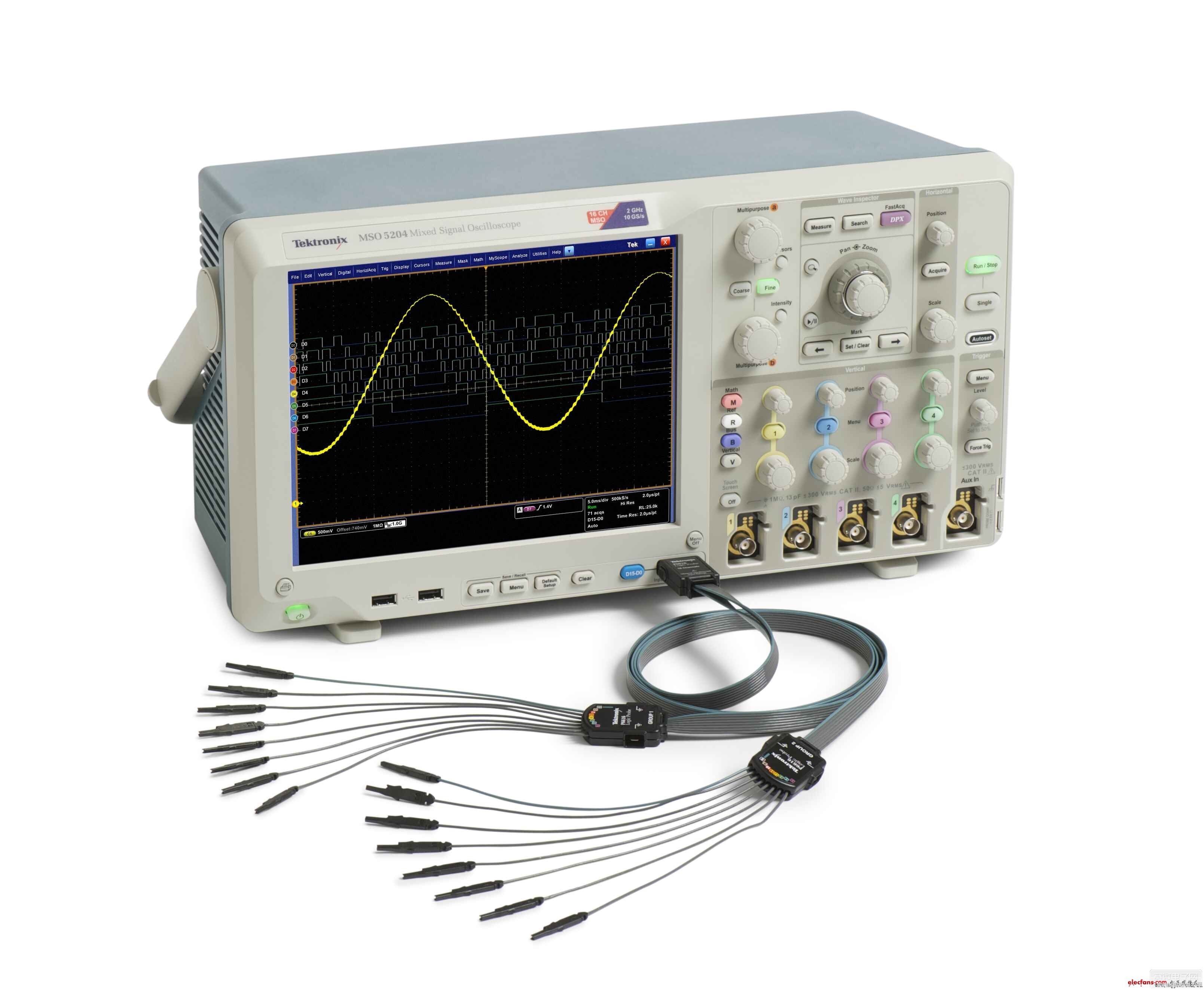Measuring voltage with an oscilloscope is a common practice in electronics and engineering. Oscilloscopes, whether analog or digital, are powerful tools that allow users to visualize and analyze electrical signals over time. They can be used to measure various types of voltages, including DC, AC, and complex waveforms like pulses or non-sinusoidal signals. The key is understanding the different methods available and how to apply them correctly.
Oscilloscopes are divided into two main types: analog and digital. While both have their own advantages, the choice between them depends on the specific application. Digital oscilloscopes, for example, offer more advanced features such as waveform storage and analysis, while analog ones are often preferred for real-time signal observation. Regardless of the type, the core function remains the same — to measure and display voltage levels accurately.

There are several techniques for measuring voltage using an oscilloscope, each suited for different scenarios. One of the most straightforward methods is direct measurement, where you observe the vertical displacement of the signal on the screen and calculate the voltage based on the scale settings. This method is simple but can introduce some errors due to parallax and calibration issues.
Another approach is the comparative measurement method. Here, you use a known reference voltage and compare it with the unknown signal. This helps reduce errors caused by the internal components of the oscilloscope and provides more accurate results. Both methods are widely used depending on the requirements of the test.
When using an oscilloscope, safety is crucial. Especially when dealing with high-voltage or floating signals, proper precautions must be taken. For instance, using a high-voltage differential probe is essential when testing devices connected to the mains, such as power supplies or inverters. Additionally, grounding the oscilloscope and ensuring all connections are properly secured can prevent damage to the equipment and protect the user.
Other important considerations include avoiding prolonged exposure of the screen to bright spots, minimizing unnecessary power cycles, and ensuring that the input voltage does not exceed safe limits. These practices help maintain the longevity of the device and ensure accurate measurements over time.
In summary, measuring voltage with an oscilloscope involves understanding the correct techniques and following safety guidelines. Whether you're a student, engineer, or hobbyist, mastering these methods will greatly enhance your ability to troubleshoot and analyze electronic circuits effectively.
catv line amplifier,outdoor catv amplifier,Bi-Directional CATV Amplifier,Outdoor Trunk Amplifier,line extender
Shenzhen Runtop Technology Co.LTD , https://www.runtoptech.com